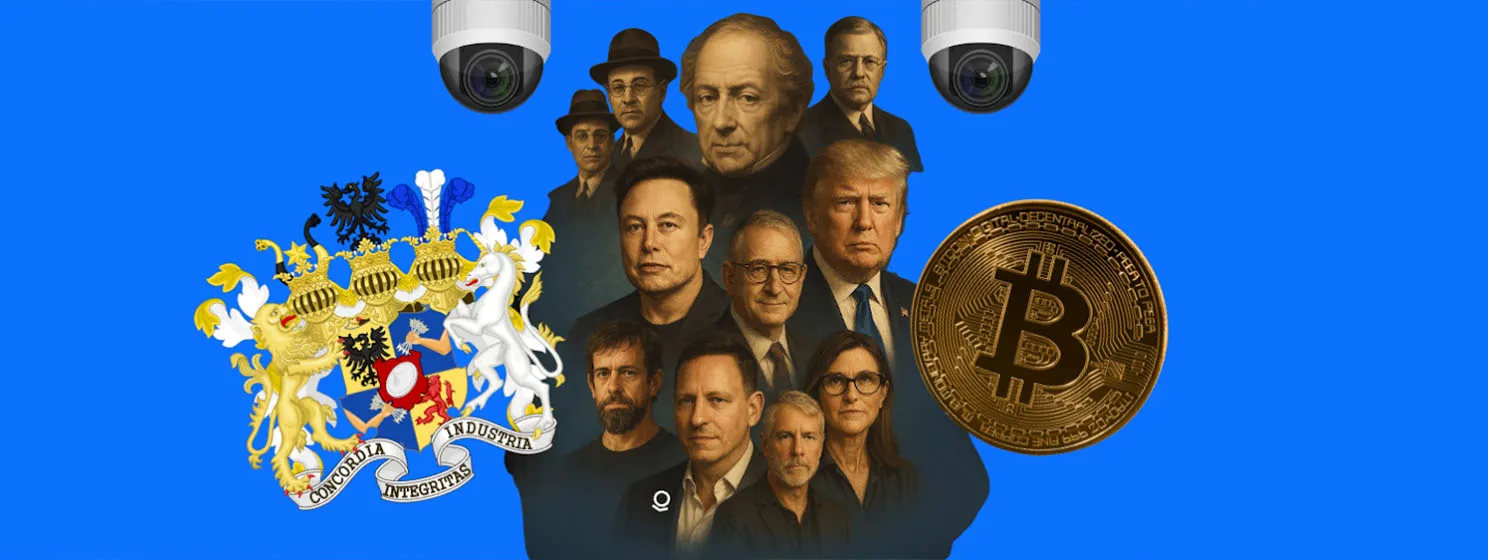|
Getting your Trinity Audio player ready...
|
Much has already been said about simplified payment verification (SPV) in Bitcoin SV. SPV is a technique described in Satoshi Nakamoto’s Bitcoin whitepaper:
It is possible to verify payments without running a full network node. A user only needs to keep a copy of the block headers of the longest proof-of-work chain (…). He can’t check the transaction for himself, but by linking it to a place in the chain, he can see that a network node has accepted it, and blocks added after it further confirm the network has accepted it.
To break SPV down simply, people can transact peer-to-peer in Bitcoin SV without being a miner themselves or making use of the full blockchain. From a technical and economic standpoint, the advantages of this kind of payment processing are obvious: it really is peer-to-peer as described in the whitepaper, it is a cheap way to transact, no server or service is required, it is safe, it is fast and SPV helps scaling Bitcoin SV.
SPV is as efficient and safe as it gets—let us look deeper though
Dr. Craig Wright wrote a whole article about Bitcoin SV being peer-to-peer in its essence if used as intended:
Bitcoin is fully peer-to-peer when parties exchange transactions directly. It’s what SPV was designed to be. There is no need to have complex systems like Lightning. (…) Bitcoin is peer-to-peer not because of the network acting to distribute blocks, but because individuals exchange transactions.
SPV offers efficiency and safety for people transacting in Bitcoin SV. Whenever a third party is involved in the transaction itself, the transaction is less efficient and less secure for the two people interacting.
However, there might be more to know about SPV. A new concept from human neural biology helps to understand why SPV perfectly fits human interactions from a non-technical and non-economic standpoint.
Understanding the Polyvagal theory
The Polyvagal theory, described by Steven Porges, explains how the autonomic nervous system of humans works and regulates itself.
Before Steven Porges released his Polyvagal theory, the autonomic nervous system was understood as a two-party only antagonistic system, where either a nervous activation or nervous calming effect took place according to one’s situation (fight/flight mode or relaxation mode).
The Polyvagal theory discovered a third kind of autonomic nervous system reaction to certain situations, called the Social Engagement System. Whenever this Social Engagement System is active, the ventral vagus nerve has a higher tone and releases calming, recovering and healthy benefits to the body.
The health benefits offered by a high tone in the ventral vagus nerve are mind-blowing: it regulates digestion, starts the repairing mode of almost every broken cell structure and optimizes blood pressure, hormone status and psychic health.
The ventral vagus nerve is only activated if a human being has a safe and direct interaction with another human being. It reacts to the facial expression and voice of the other person. Whenever a person to person interaction in a secure way happens, the ventral vagus nerve is activated and releases its healing powers to the human body.
It is important to understand that humans in groups do not have an as much activated ventral vagus nerve as if they would interact from one person to another person. Groups do not offer the same security and autonomic nervous system relaxation as interactions between two persons. The autonomic nervous system of humans regulates itself best peer-to-peer.
The connection between Polyvagal theory and Bitcoin SV’s SPV
What has that to do with Bitcoin SV’s SPV? There is an obvious correlation here; with SPV, people transact best in a peer-to-peer manner, just like the human autonomic nervous systems regulates itself best in a peer-to-peer manner too.
As soon as third parties are involved, the autonomic nervous system of the human body does not work at its full potential, same as a non SPV transaction including third parties does not offer the full potential of human’s ability to process financial transactions.
This already shows why the BTC-type of transaction is worse for humans interacting financially: relying fully on third parties (miners/services) for a direct transaction, which is in fact not direct if there is a third party involved, or having to run a full node in order to transact.
The whole idea of Lightning Network, a second layer solution for transactions, pushes this wrong approach even further. In Lightning Network, it’s not the miners as third parties that actually process transactions, but an entirely separate party—the Lightning Network node operator. This is as far away from peer-to-peer as it can get.
There is a ‘financial autonomic nervous system’ in humans—how to regulate it?
Looking from a Polyvagal theoretical standpoint upon this second layer solution for transactions, it is the most inefficient way of human interactions.
In analogy to the Polyvagal theory, BTC and with it the Lightning Network tries to regulate the “financial nervous system” of humans with the worst possible method by having more parties involved in interactions than necessary.
With the Polyvagal theory, it can be stated that SPV is the most beneficial way for humans to transact, as it is peer-to-peer, exactly like the autonomic nervous systems of humans regulates itself best in a peer-to-peer way.
Humans seem to be designed to interact most healthily peer-to-peer only, whether in neural biologic terms or in financial terms—without intermediaries, without third parties. Transacting in Bitcoin works similar to the regulation of the autonomic nervous system of humans, but on a financial level: humans transact with each other financially as profitable, as secure and as efficient as possible only in a peer-to-peer manner, too.
There is a “financial autonomic nervous systems” in humans, and SPV is the way to regulate it.

 07-18-2025
07-18-2025 





